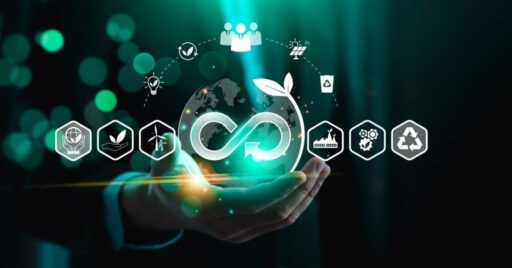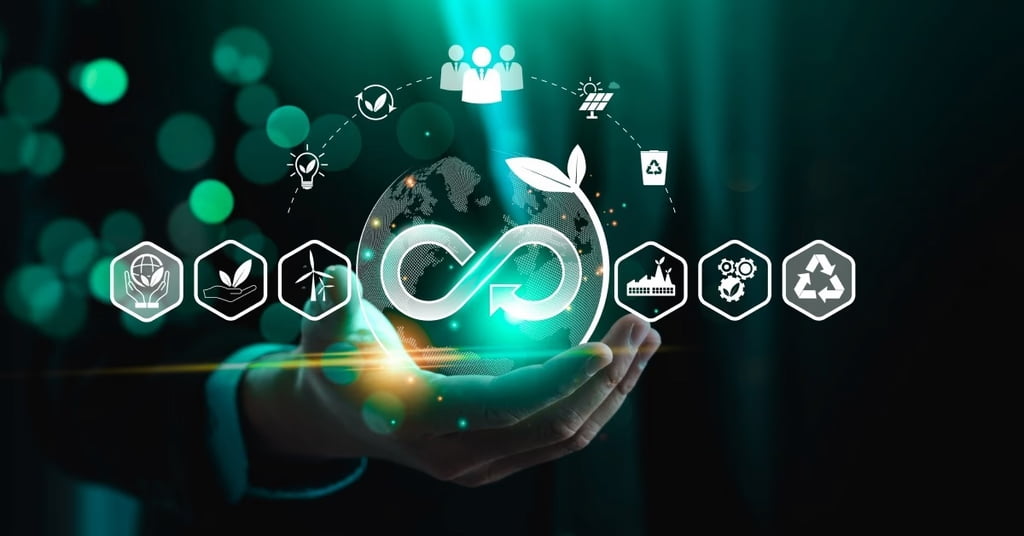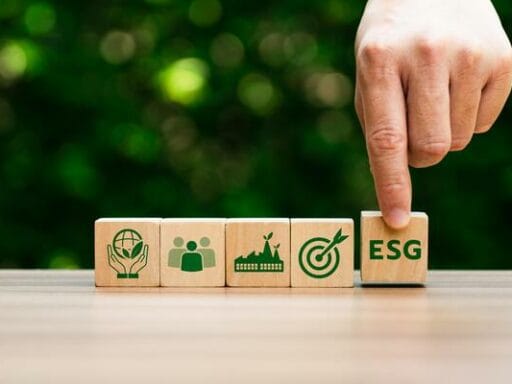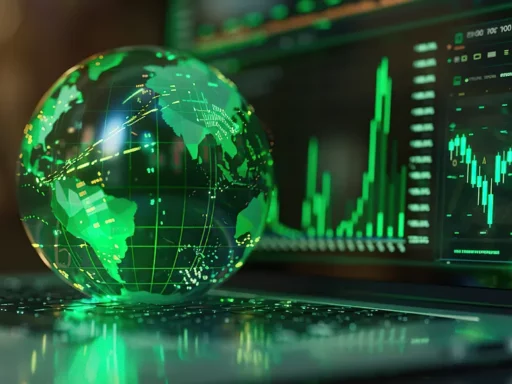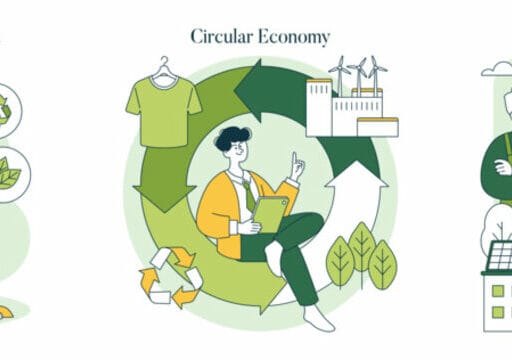Global trade is witnessing a fundamental change toward sustainability, fueled by rising environmental concerns and more consumer knowledge. As we look ahead to the future of sustainable supply chains in 2025, it becomes evident that firms must adjust. They need to fulfill these changing demands. This essay digs into the key themes and technical breakthroughs that are driving the future of sustainable supply chains. It provides insights into how businesses might navigate this transforming path.
In recent years, sustainability has evolved from a specialist issue to a major pillar of business strategy. Businesses are now accountable not only to shareholders, but also to a larger range of stakeholders. These stakeholders include customers, workers, and the communities in which they operate. This paradigm shift is driven by an awareness of our planet’s finite resources. There is also a critical need to protect them for future generations. As a result, sustainable practices are more than a moral duty; they are a strategic need for long-term survival and resilience in a turbulent global economy.
The route to sustainable supply chains presents several obstacles and possibilities. It entails reconsidering traditional linear models of production and consumption in favor of circular economy concepts. These concepts emphasize resource reuse, repurposing, and recycling to reduce waste. Furthermore, technological innovations such as blockchain and the Internet of Things (IoT) provide previously unattainable levels of openness and efficiency throughout supply chains. These technologies allow for real-time product tracking, from raw material sourcing to final product delivery, assuring accountability. They also lower the danger of unethical acts such as forced labor or environmental destruction.
Trends Shaping for the Future of Sustainable Supply Chains
Integration of Blockchain and IoT for Transparency
Blockchain and IoT technology are transforming supply chain transparency. Blockchain guarantees immutable records, which improves traceability from source to consumer. The future of sustainable supply chains growing rapidly. Major corporations such as Walmart and IBM are using blockchain to track food safety and authenticity, decreasing fraud and increasing accountability. IoT devices, on the other hand, allow for real-time data collecting on environmental conditions. Their product movement, which improves logistics and reduces waste.
Strategies for Reducing Carbon Footprints
Reducing carbon footprints is an important objective for sustainable supply networks. Companies are increasingly using renewable energy and improving transportation routes to reduce emissions. Tesla, for example, incorporates electric vehicles into its logistics fleet, resulting in much lower carbon emissions than regular vehicles. Furthermore, carbon offset programs and collaborations with green suppliers are becoming common approaches to achieving carbon neutrality.
You may also read:
Sustainable Supply Chain Management | People Planet Prosperity
Shift Towards Ethical and Transparent Sourcing
Ethical and transparent procurement is becoming an essential component of sustainable supply chains. The future of sustainable supply chains totally depends on transparency. Consumers are demanding more transparency about the sources of products. It also prompt businesses to embrace fair trade policies and ethical labor standards. Fair Trade USA and the Rainforest Alliance are two platforms that certify products based on social, economic, and environmental standards, offering confidence to both customers and stakeholders.
These developments reflect a larger shift toward the future of sustainable supply chains. There is an emphasis on the incorporation of ethical standards, technical advancements, and environmental stewardship. Businesses that embrace these trends can not only satisfy legal obligations. They can also differentiate themselves in a competitive market that is becoming increasingly concerned with sustainability.
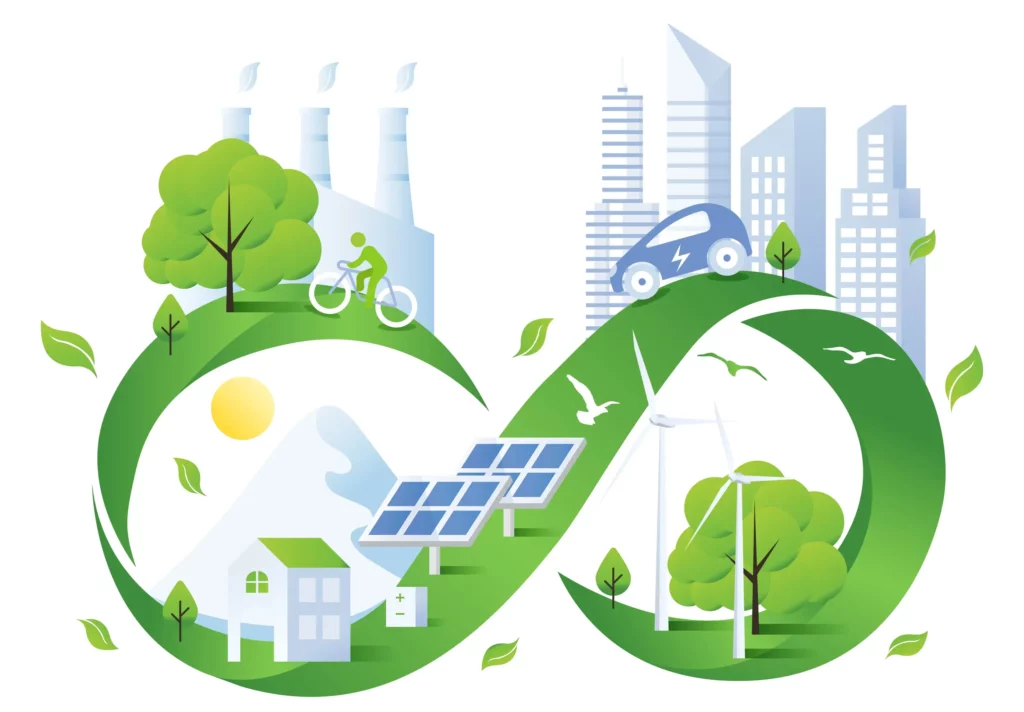
The Role of Circular Economy Principles
Circular economy concepts are critical for moving supply networks toward sustainability. Companies that prioritize waste reduction and resource efficiency can reduce their environmental impact while increasing profits. Adidas exemplifies this approach with its shoe recycling program. The program repurposes old sneakers into new products, effectively closing the loop on material use and reducing landfill waste.
Furthermore, circular economy concepts promote innovation by pushing firms to reinvent their goods and processes with lifetime and recyclability in mind. This move not only decreases reliance on limited resources, but also promotes a more robust and adaptable economy. Companies that follow these principles can generate new revenue streams by reselling and recycling things. This contributes to both environmental and economic sustainability. It will also help to grow the future of sustainable supply chains.
Case Studies of Leading Companies
Case Study: Patagonia
Patagonia exhibits sustainable practices across their supply chain. The firm supports fair trade. It also incorporates recycled materials into its products and encourages repair and reuse through its Worn Wear program. Such approaches not only meet customer expectations, but also increase long-term brand loyalty and profitability.
Case Study: Unilever
Unilever has committed to attaining net-zero emissions from all of its goods by 2039. Through its Sustainable Agriculture Code, the corporation focuses on raw material sustainability, biodiversity promotion, and the empowerment of smallholder farmers. By incorporating sustainability into its fundamental business strategy, Unilever sets a standard for multinational companies.
Technologies Supporting Sustainable Supply Chains Today
- Artificial intelligence (AI): It is being utilized to enhance supply chain operations. This includes forecasting demand, enhancing inventory management, and optimizing transportation routes. Companies such as Amazon and UPS use AI algorithms to decrease waste and increase efficiency.
- Big Data Analytics: Big data analytics is used to analyze vast amounts of supply chain data. The goal is to detect inefficiencies, measure environmental impact, and improve resource efficiency. Coca-Cola and Nestlé employ big data to promote transparency and sustainability throughout their supply chains.
- Renewable Energy Technologies: Advances in solar, wind, and hydroelectric power are enabling businesses to transition to renewable energy sources. Google and Apple are famous examples of companies that have substantially invested in renewable energy to power their operations and lessen their carbon impact.
- 3D printing: It’s also known as additive manufacturing, enables on-demand creation of things while minimizing waste and transportation expenses associated with traditional manufacturing. Adidas and Boeing are looking into 3D printing to develop bespoke items with low environmental effect.
- Predictive Analytics with IoT: IoT devices combined with predictive analytics allow for real-time monitoring of supply chain activities, assuring optimal performance and decreasing downtime. This technology is critical to improving transparency and efficiency in logistics and inventory management.
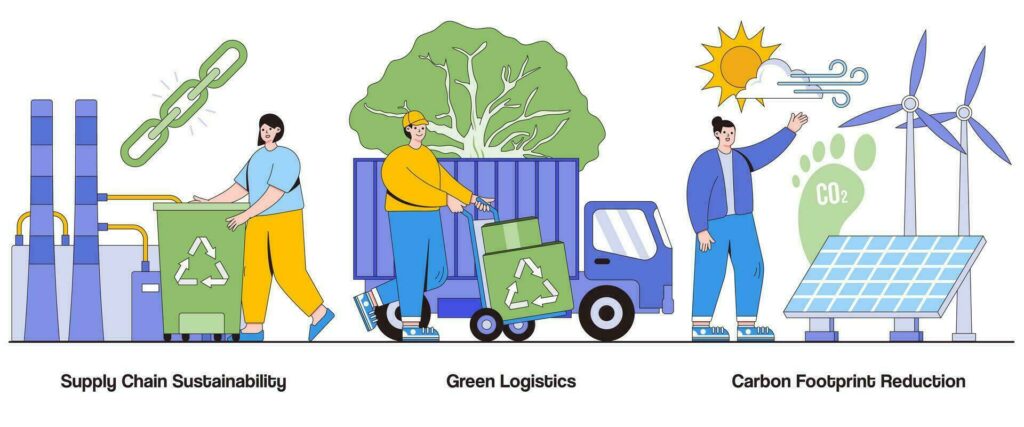
FAQs
What are the benefits of sustainable supply chains?
Answer: Sustainable supply chains enhance brand reputation, reduce operational costs through efficiency, and mitigate risks associated with environmental regulations.
How can blockchain improve supply chain sustainability?
Answer: Blockchain ensures transparency by creating a tamper-proof record of transactions, enabling better traceability of products and raw materials.
What role does IoT play in sustainable supply chains?
Answer: IoT devices provide real-time data on environmental conditions and asset tracking, optimizing operations and reducing waste.
Why is the circular economy important in supply chain management?
Answer: The circular economy minimizes waste by reusing and recycling materials, thereby reducing environmental impact and resource depletion.
How can companies start implementing sustainable practices in their supply chains?
Answer: Companies can start by assessing their supply chain footprint, setting clear sustainability goals, and collaborating with suppliers who share their values.
Conclusion
As we approach 2025, the combination of technology and sustainability is altering global supply chains. Embracing blockchain for transparency, streamlining logistics with IoT, and implementing circular economy concepts are critical to attaining sustainable development objectives. Companies that lead this shift not only reduce risks, but also promote innovation and profitability in a quickly changing market.


